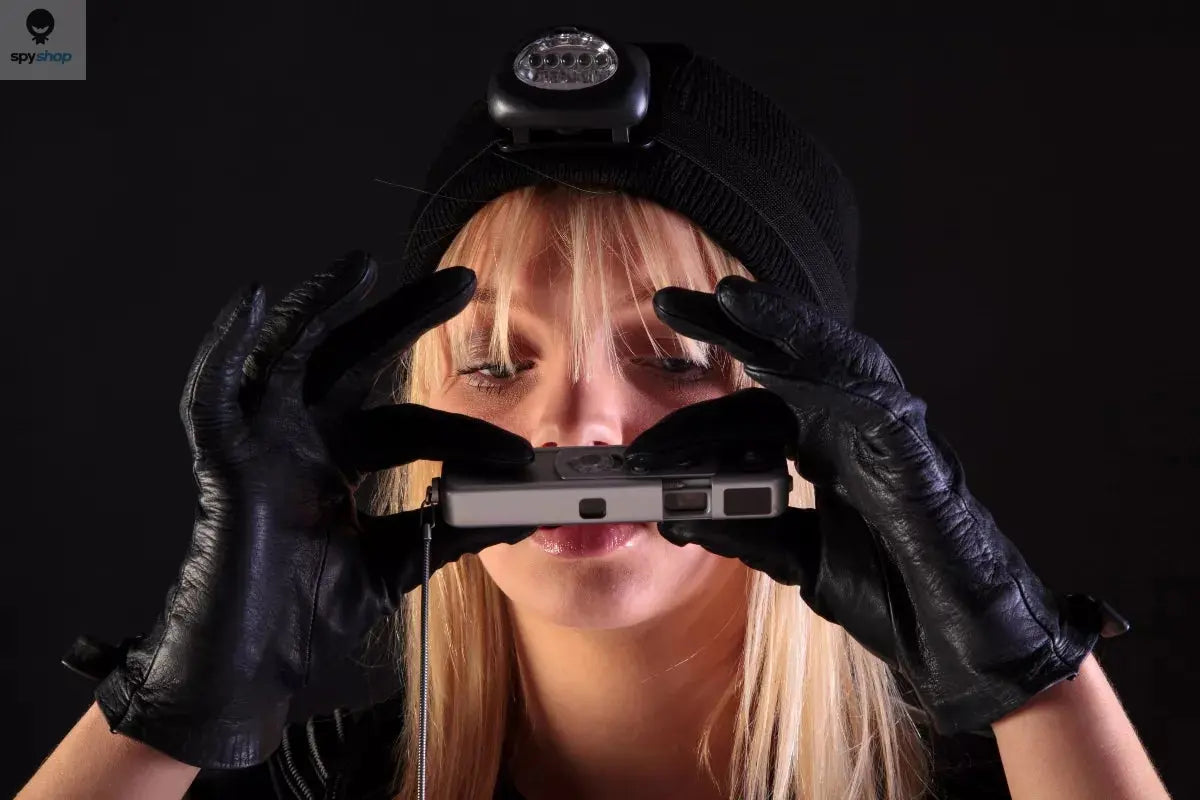
The Fascinating World of Spy Gadgets: Myth or Reality? #SpyTechnology #EspionageTools
The world of espionage has long captured the public’s imagination, thanks to blockbuster movies like James Bond and Tinker Tailor Soldier Spy. These portrayals often glamorize the life of spies, painting them as resourceful individuals armed with extraordinary gadgets and charm. While Hollywood undoubtedly embellishes reality, some of the gadgets used by real-life intelligence agencies like the CIA, KGB, and MI6 are just as ingenious as those seen on the silver screen. Let’s delve into the fascinating history of spy gadgets and uncover the truth about their use in espionage.
The Truth About Spy Gadgets: A Glimpse Into Espionage Technology #RealSpyTools
Spy gadgets have played a pivotal role in intelligence gathering, sabotage, and covert operations. While some tools seem like they belong in a movie, many are grounded in reality, designed to address the unique challenges faced by spies in the field. Here’s a closer look at some of the most famous and ingenious gadgets:
Poison-Tipped Umbrellas: A Deadly Invention #ColdWarSecrets
During the Cold War, the Soviet Union developed one of the most infamous spy gadgets—the poison-tipped umbrella. This seemingly innocuous accessory was designed to administer a fatal dose of poison discreetly. The tip of the umbrella concealed a mechanism that could inject poison into a target with a single jab.
-
Historical Use: This gadget came into public awareness in 1978 when Bulgarian dissident Georgi Markov was assassinated in London. The incident highlighted the lengths to which intelligence agencies would go to eliminate threats.
-
Key Features: The poison, often ricin, was nearly untraceable, making the umbrella an ideal tool for covert assassinations.
Remote-Controlled Insects: Early Drone Technology #SpyInnovation
In the 1970s, the CIA pioneered a groundbreaking gadget: a remote-controlled dragonfly equipped with an audio-listening device. This early attempt at drone technology showcased the agency’s ingenuity but also its limitations.
-
Capabilities: The dragonfly could eavesdrop on conversations for up to one minute before running out of power. However, its small size made it vulnerable to environmental factors like wind, rendering it impractical for real-world deployment.
-
Legacy: While the dragonfly spy was never fully operational, it laid the foundation for modern drone technology, revolutionizing surveillance methods.
Coat Button Cameras: The Classic Spy Tool #HiddenCameras
Miniature cameras concealed in coat buttons or jewelry were staples of espionage during the Cold War. These devices allowed spies to document sensitive information without arousing suspicion.
-
Applications: The CIA frequently used these cameras to gather visual evidence. Hidden microphones were also integrated into necklaces and brooches for audio surveillance.
-
Modern Use: Today, similar gadgets are widely available to the public, demonstrating their enduring utility and appeal.
Exploding Pencil Cases: Ingenious Sabotage #WWIITactics
One of the more unusual spy gadgets was the exploding pencil case, developed by the United States during World War II. This seemingly ordinary item concealed a small bomb and a time-delayed detonator.
-
Purpose: Used primarily for sabotage missions, the exploding pencil case allowed agents to disable enemy equipment or cause disruptions.
-
Effectiveness: Its innocuous appearance made it an effective tool, as it could be easily smuggled into enemy territory.
The Legacy of Spy Gadgets: From Fiction to Reality #SpyGadgetEvolution
Spy gadgets have come a long way, evolving from rudimentary tools to sophisticated devices that blend seamlessly into everyday objects. Modern technology has expanded their capabilities, enabling real-time surveillance, data encryption, and remote operation. Here are a few modern innovations inspired by classic spy gadgets:
-
Smart Glasses: Equipped with hidden cameras and audio recorders, these devices offer discreet monitoring in public spaces.
-
GPS Trackers: Compact and powerful, these trackers provide real-time location updates, invaluable for covert operations.
-
Biometric Tools: Devices capable of bypassing fingerprint scanners or facial recognition systems are now a reality, aiding spies in accessing secure locations.
The Hollywood Influence: Separating Fact From Fiction #SpyMyths
While movies have popularized the idea of spies using gadgets to perform extraordinary feats, real-life espionage is often more pragmatic. Many tools are designed for specific purposes, such as gathering intelligence or ensuring personal safety, rather than enabling cinematic heroics. However, the ingenuity of these devices continues to blur the line between fiction and reality.
Conclusion: The Enduring Fascination With Spy Gadgets #EspionageTools
Spy gadgets remain a testament to human ingenuity and the relentless pursuit of innovation in the field of espionage. From poison-tipped umbrellas to remote-controlled insects, these tools reveal the lengths to which intelligence agencies will go to achieve their objectives. While some gadgets may never leave the pages of a movie script, others have profoundly impacted real-world operations, shaping the course of history and technology alike. Whether you’re a fan of spy movies or a curious enthusiast, the world of spy gadgets offers endless intrigue and inspiration.

